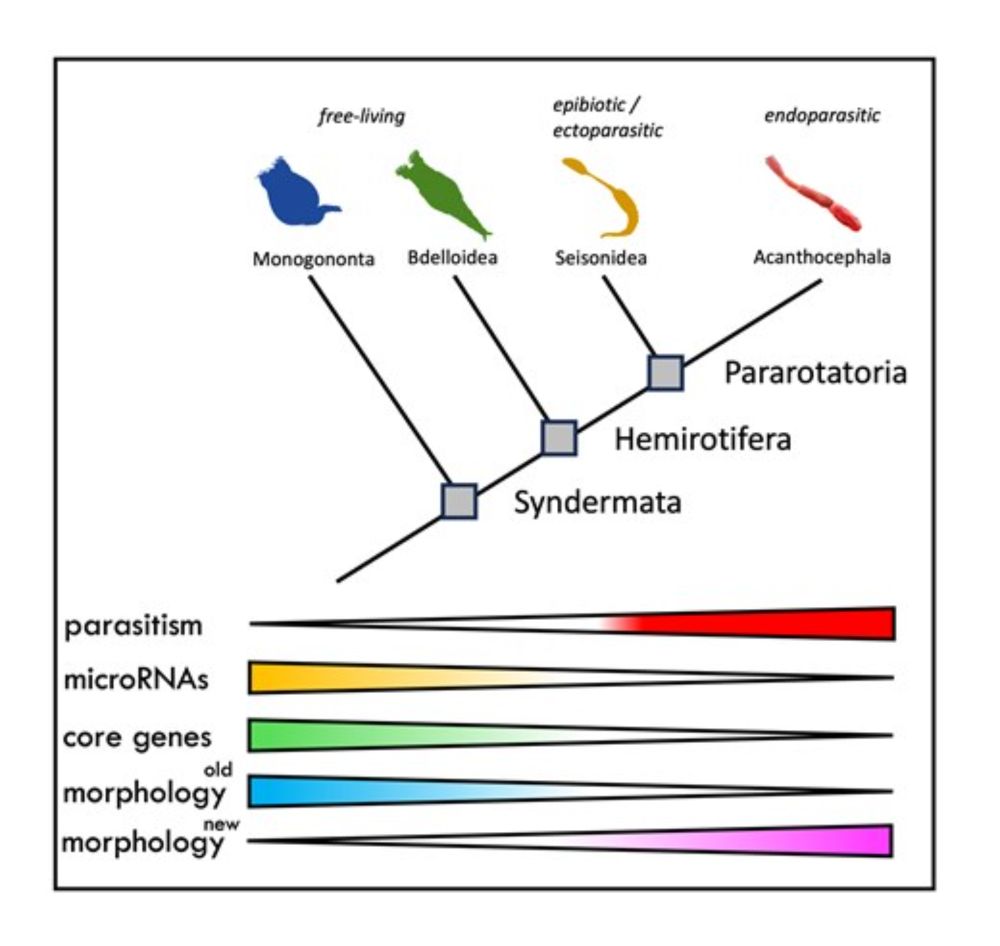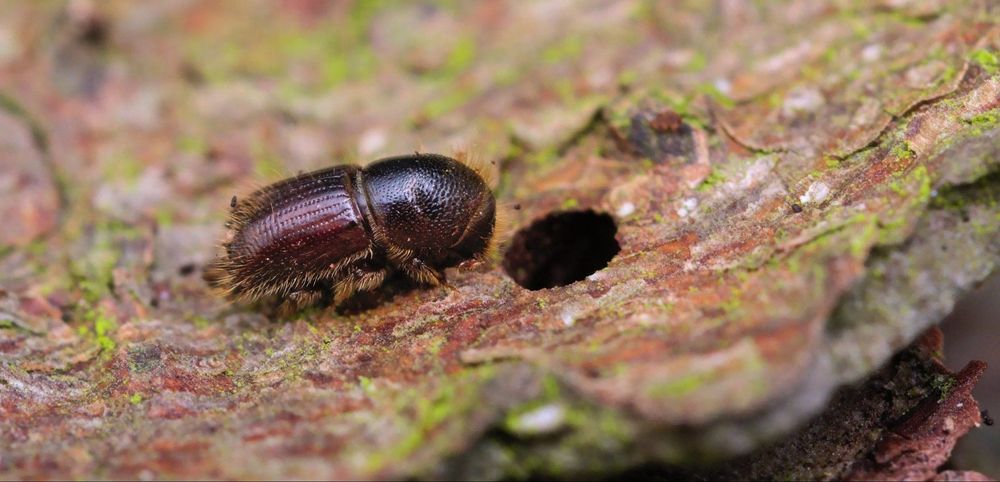Genome Biology and Evolution
@genomebiolevol.bsky.social
3.2K followers
57 following
170 posts
GBE publishes leading original research at the interface between evolutionary biology and genomics.
🔗 academic.oup.com/gbe
🏠 @official-smbe.bsky.social
🤝 @molbioevol.bsky.social
#genome #evolution #science #biology #societyjournal
Posts
Media
Videos
Starter Packs
Pinned
Reposted by Genome Biology and Evolution
Reposted by Genome Biology and Evolution
Reposted by Genome Biology and Evolution
Reposted by Genome Biology and Evolution
Reposted by Genome Biology and Evolution
Reposted by Genome Biology and Evolution
Reposted by Genome Biology and Evolution
Leah Shaffer
@leahshaffer.bsky.social
· Jan 17

Coyote genes may show urban evolution at work
A new study by Elizabeth Carlen, a postdoctoral fellow with the Living Earth Collaborative at WashU, outlines the ways by which city life may be shaping the evolution of urban coyotes, the highly adap...
source.washu.edu
Reposted by Genome Biology and Evolution
Reposted by Genome Biology and Evolution
Joel Rosenbaum
@joelrosenbaum.bsky.social
· Mar 31

Genomic Insights into Fertilization: Tracing PLCZ1 Orthologs Across Amphibian Lineages
Abstract. Fertilization triggers a cascade of events, including a rise in egg cytosolic calcium that marks the onset of embryonic development. In mammals a
academic.oup.com
Reposted by Genome Biology and Evolution
Reposted by Genome Biology and Evolution
The Fromm Lab
@frommlab.bsky.social
· Jun 23

Substantial hierarchical reductions of genetic and morphological traits in the evolution of rotiferan parasites
Abstract. Within the last 800 million years animals evolved a vast range of diversity of species exhibiting an enormous disparity of forms and lifestyles.
academic.oup.com




















